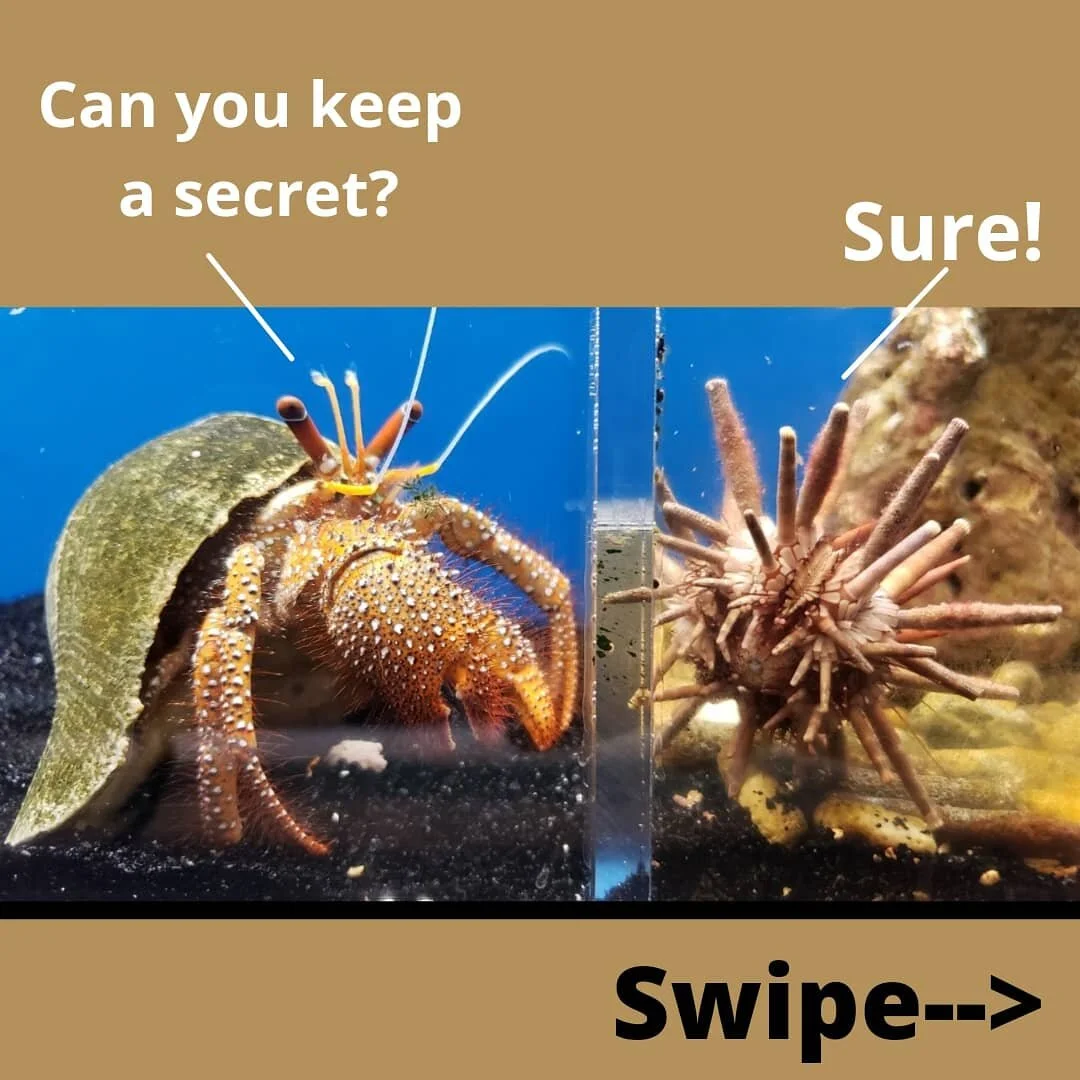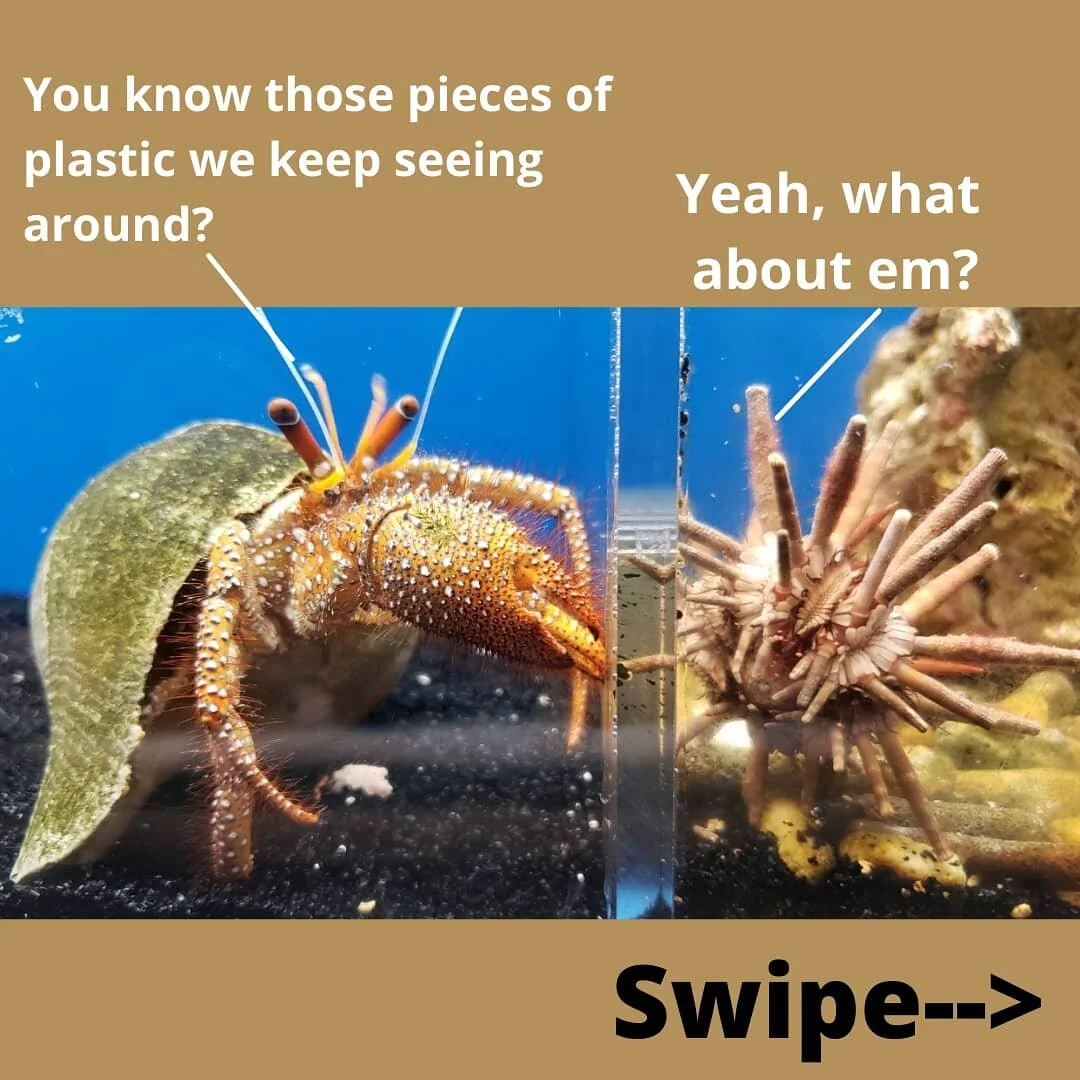Did you ever keep a Goldfish? They really don’t get enough credit.
A research team at Ben-Gurion University developed a FOV (Fish Operated Vehicle) rigged up with LIDAR, a computer, camera, omni-wheels, and an electric motor that gave Goldfish control of the vehicle.
Each of 6 Goldfish got 10 driving lessons and when they reached their target they were rewarded with food.
Just like with humans, some of the fish were better at driving than others.
Previous studies using a saltwater fish, the Cleaner Wrasse, have shown fish to be self aware, and this study takes fish intelligence a step further.
Fish are able to navigate around in their own environments without any issues, but now we know (at least with Goldfish) that they have the cognitive capability to navigate outside its natural environment! This opens up whole new possibilities for studying the navigational abilities of different animals.
Work done a few years ago found that Sea Turtles off the coast of Africa were able to navigate back to the beaches of their birth, even after getting way off course, using the equivalent of Sea Turtle GPS.
What do you think we will learn next?
If you would like to learn more about the Goldfish study, check out this article link:
https://www.cnn.com/2022/01/10/world/goldfish-drive-intl-scli-scn/index.html









